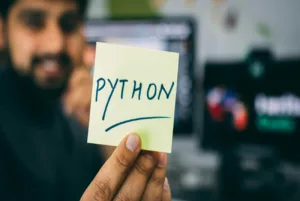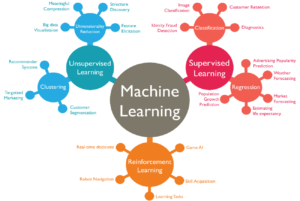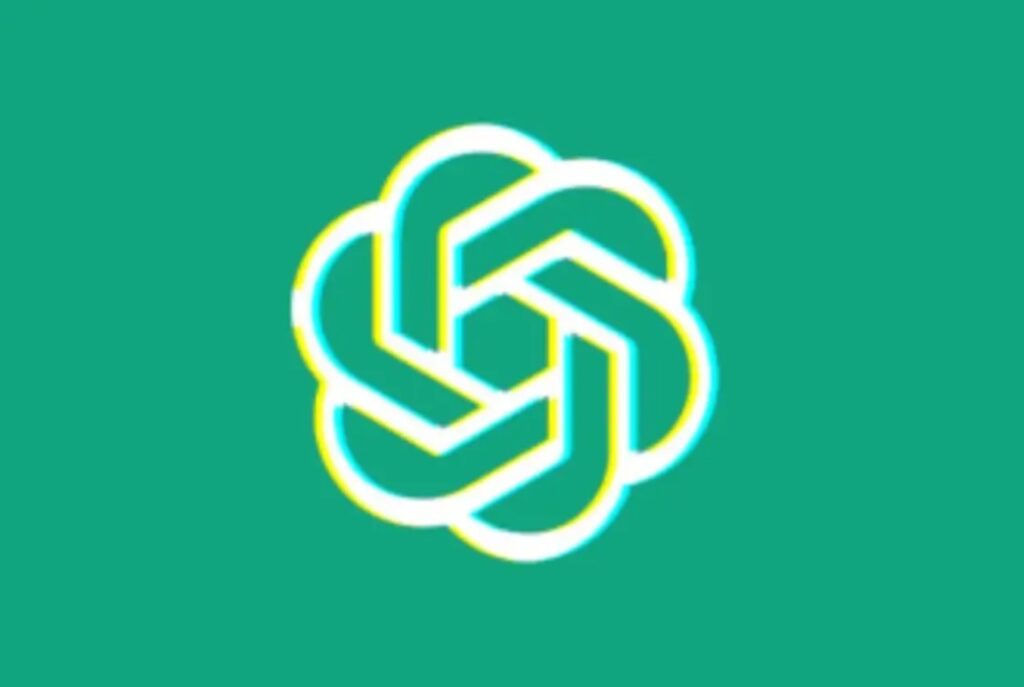Introduction
Machine Learning is one of the fastest-growing frontiers in the data-centric career. The demand for Machine Learning Specialists is high and the salary for ML roles can easily exceed $100k per year (Builtin). But how do you get started as a beginner? This blog post will highlight 7 simple steps to start.
It is helpful to note that a career in Machine Learning is seldom an entry-level job. It builds on several skills ranging from maths, statistics, probability, programming, data technologies etc. Hold on, do not get put off yet, it is not as scary as it looks, we will simplify these soon. We will start as an absolute beginner.
Getting Started in Machine Learning in 7 Steps

The following steps highlight how you would start a career in Machine Learning and some helpful materials and resources (many of which are free). The estimated time to get some foothold is about 3-6 months from an absolute beginner to developing career useful Machine Learning skills.
Step 1: You Will Need Maths
If you are like many people who get put off by Maths, do not fret yet! there is nothing too serious here, just some high school or entry-level maths will suffice- at least for a start. Learn Linear algebra, Multivariable Calculus, Differential Equations, Statistics, and Probability. The following free courses/resources from Khan Academy, Coursera, or Edx will be helpful. Just pick the ones that suit your taste.
- Khan Academy – Linear Algebra
- Khan Academy – Multivariable Calculus
- Khan Academy- Statistics Probability
- Khan Academy – Differential Equation
- Essence of Linear Algebra from 3Blue1Brown
- HarvardX: Introduction to Probability
- Matrix Algebra for Engineers on Coursera (Use the Audit option to get it for free).
These basics provide a better understanding and foundations to understanding how the different ML Algorithms work. Maths can also come in handy when troubleshooting, it is always good to have something to fall back on.
ML frameworks (e.g. Scikit-Learn, TensorFlow, Pytorch, etc) abstract the Maths away, so you don’t always have to worry about it.
Step 2: Python is Key – Learn it
 Learning Python is a must. It is the number one Programming Language for Machine Learning. You will use Python in your daily tasks as a Machine Learning Specialist. All the major ML frameworks you will be working with use.
Learning Python is a must. It is the number one Programming Language for Machine Learning. You will use Python in your daily tasks as a Machine Learning Specialist. All the major ML frameworks you will be working with use.
How much Python do you need? An intermediate level is sufficient. Know how to use Python as it relates to Machine Learning.
Some Resources you can use to learn Python for free (from Freecodecamp.org) are as follows;
- Python for Beginners 4 hours
- Intermediate Python Programming Course 6 hours
The good news is that Python is arguably the easiest programming language for beginners. Go beyond memorizing the Syntax. Do hands-on practice with the courses.
Step 3: Learn the Machine Learning Developer Stack

Many Python Libraries are essential for Machine Learning, Data Science, and Data Visualizations. You learn them as they are used in almost all ML Projects. They will improve your Python skills and overall understanding of ML. Learn the few libraries below for a start;
- Pandas
- NumPy
- Matplotlib
NumPy is a library for doing Maths like matrices and arrays, Pandas is for handling and manipulating data while Matplotlib is for data visualizations. You can take a crash course on these using these resources Pandas Crash Course, NumPy Crash Course and Matplotlib Crash Course.
Also, learn how to use Jupyter Notebooks as these Python libraries integrate well with it.
Other more advanced libraries like Scikit-Learn and TensorFlow can be learned later. These Libraries work well with Jupyter Notebooks and are an essential part of ML.
Step 4: Take Machine Learning Courses
 So far you have learned some maths basics, Python and some Machine Learning developer stacks (Python libraries), now it is name to actualy pick up some ML Courses. One of the most most popular and recommended is a specialization program is Machine Learning Specialization by Andrew Ng (and other tutor). This course is can be accessed freely on Coursera (using the Course Audit option).
So far you have learned some maths basics, Python and some Machine Learning developer stacks (Python libraries), now it is name to actualy pick up some ML Courses. One of the most most popular and recommended is a specialization program is Machine Learning Specialization by Andrew Ng (and other tutor). This course is can be accessed freely on Coursera (using the Course Audit option).
It consists of three separate courses; these are
- Supervised Machine Learning: Regression and Classification 33 hours
- Advanced Learning Algorithms Duration: 34 hours
- Unsupervised Learning, Recommenders, Reinforcement Learning duration 27 hours
This specialization covers other advanced libraries like Scikit-Learn and TensorFlow. You will learn to build ML models with NumPy and Scikit-learn, build and train a neural network with TensorFlow, apply best practices for ML development, and use unsupervised learning techniques for unsupervised learning. These specialization courses are extensive and will advance your ML skills.
Another option will be the IBM Machine Learning Professional Certificate program, which is at an intermediate level. This certification program includes a capstone project to help you with practical skills.
You could also implement an algorithm from scratch using Python and NumPy. This is optional but will help advance your understanding. Tutorials are in this playlist Machine Learning From Scratch
Step 5: Data Preparation and Hands-on

You can only become better at ML by exposure to practical ML exercises. Besides the hands-on project/labs in the previous steps, learn more about data preparation. Two recommendations are :
These courses consist of theory and coding tasks. They will teach you more about Data Pre-processing and Data Processing using Pandas. These courses will also serve as an Introduction to the Kaggle. Kaggle is the largest AI and ML Community with tools and resources to aid your work. You will also learn how to submit your codes on Kaggle – documentation.
Step 6: Practice and Build Your Portfolio

Practice as much as possible with real-world ML challenges. You will learn more from each project you complete. The best platform to do this is Kaggle.com. It provides you with datasets to build a project. There is an endless number of competitions to hone your skills. Build your work portfolio with Kaggle competitions and include them on your resume.
Step 7: Specialize
Machine Learning is broad and it is difficult to master every aspect. Specialize in a particular area of ML to increase your chances of getting a job. Some areas you can specialize in include:
- Computer Vision
- NLP
- MLOPs
- PyTorch and TensorFlow Framework
If you intend to work for a specific firm, find out the type of tools/framework they use and specialize in those tools/frameworks.
Conclusion
To learn Machine Learning as a beginner, the 7 simple steps you can take include; Step 1; Learning some basic maths, and then Python Programming Language in Step 2. You then proceed to the Machine Learning Developer Stack like Pandas, NumPy, and Matplotlib in step 3.
The 4th step is taking actual Machine Learning Courses, Step 5 is Data Preparation and Hands-on practice, 6; is doing more practice and building your portfolio. The final step is to Specialise in a given sub-niche to increase your visibility to prospective employers. Be good at something specific.
Read: IBM MACHINE LEARNING PROFESSIONAL CERTIFICATE REVIEW
Credit: AssembyAI and https://github.com/AssemblyAI-Examples/ML-Study-Guide




